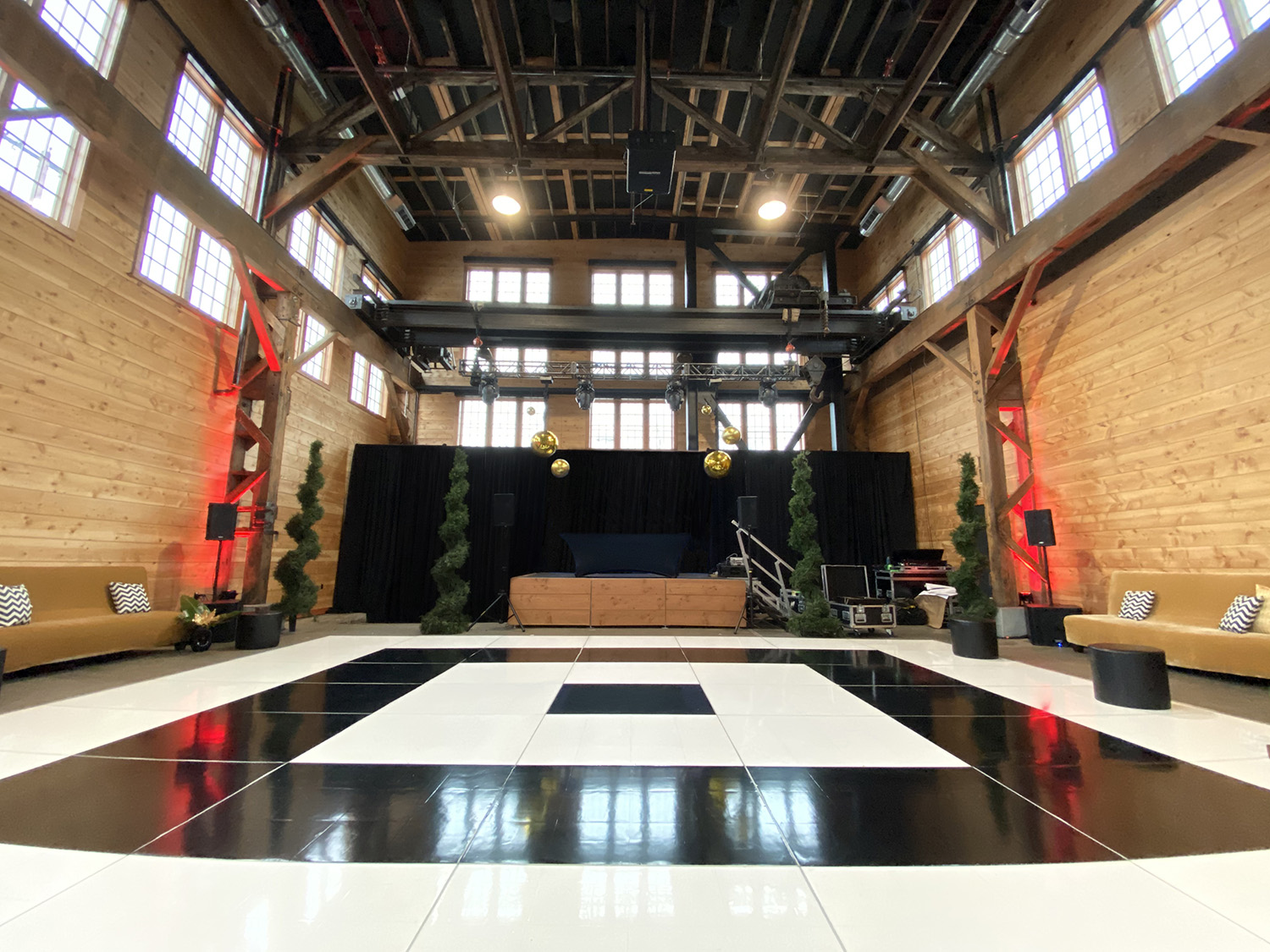Selecting the appropriate components for building a long-lasting and safe outdoor dance floor is crucial for guaranteeing an pleasurable session. Exterior movement floors must withstand various weather elements while providing a stable surface for performers and participants. Therefore, it is essential to consider factors such as material resilience, safety attributes, and maintenance demands when making choices. This guide will examine several appropriate options and their benefits in designing an open-air dance floor.
One common option for exterior dance floors is timber. Wood provides a classic and warm appearance that many consider appealing. Solid woods like beech or ash are particularly preferred due to their durability and ability to absorb impact, which can protect dancers’ ligaments. Additionally, timber has inherent anti-slip qualities when finished properly, reducing the risk of accidents. However, maintaining a wooden dance floor requires regular sealing and resurfacing to shield it from humidity and ultraviolet exposure, making it essential to consider the climate in which the floor will be placed.

Another practical alternative is composite materials, which combine wood fibers with polymers. These composites are engineered to be resistant to moisture, mildew, and fading from sunlight. Synthetic dance floors offer longevity comparable to conventional wood without the extensive upkeep. They are less susceptible to warping and splitting than natural wood floors when subjected to extreme outdoor conditions. In addition, composite materials often have built-in slip resistance features, making them a more secure selection for open-air events.
For those seeking a more modern solution, modular tiles made of polyvinyl chloride or rubber are excellent alternatives. These tiles are designed for easy setup and can be reconfigured or swapped as required. The flexibility of using interlocking tiles allows for quick setup and disassembly, making them suitable for short-term dance events or festivals. Additionally, these flooring high quality portable dance floors types provide shock absorption that enhances comfort while dancing and minimizes the risk of injuries caused by falls. The non-porous structure of PVC and rubber also inhibits water penetration, additionally extending the lifespan of the flooring.
Finally, it is vital to consider the location and intended use of the outdoor dance floor when selecting components. For instance, if the dance floor will be installed in a heavily used area or exposed to harsh weather frequently, choosing robust materials that require click for source low upkeep will be important. On the other hand, for lighter use or in more protected locations, less heavy materials may suffice. In any case, prioritizing safety features such as traction and shock absorption should remain at the forefront of design.
In conclusion, constructing a long-lasting and secure outdoor dance floor involves careful consideration of various materials suited for different environments and purposes. Wood offers timeless beauty but demands diligent maintenance; composite materials balance aesthetics with resilience; interlocking tiles provide adaptability and convenience. At the end of the day, identifying the unique requirements of the dance floor's planned use will guide material selection toward choosing the most suitable solution for an satisfying and secure dancing experience outdoors.